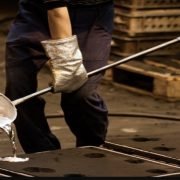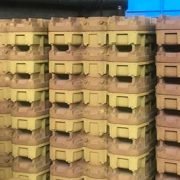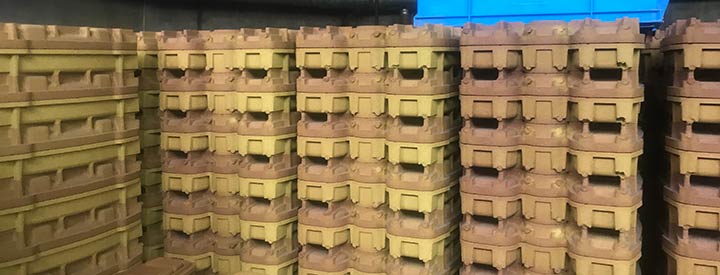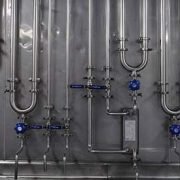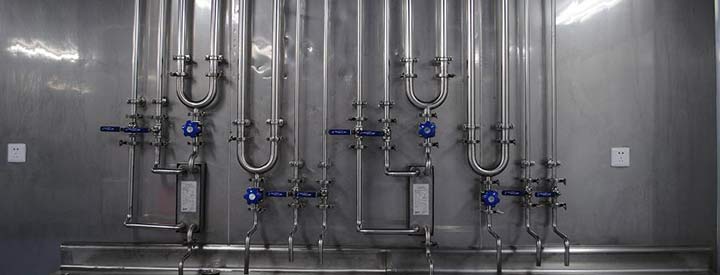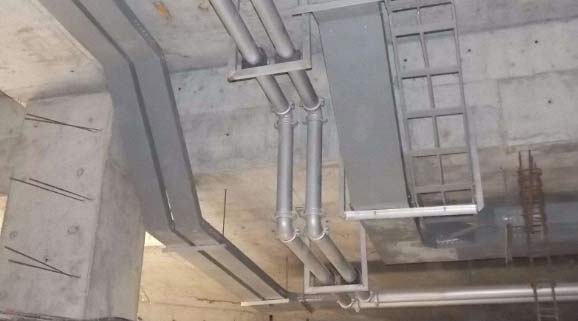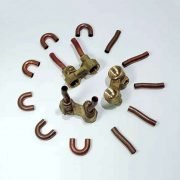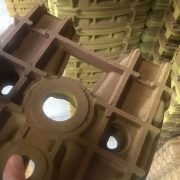The Distinction between Sand and Metal Casting
Sand casting literally is a casting method with sand as a moulding material, and is a traditional casting process, which generally uses gravity casting, and low-pressure or centrifugal casting for special requirements.
Sand casting’s application is very broad. The mold used, initially wood, but now changed to aluminum alloy mold or resin mold due to some drawbacks. Compared with metal casting, sand casting has advantages, such as low price, high fire resistance, but still shortcomings.
The main raw material of metal casting is heat-resistant alloy steel. Metal casting is a modern casting process, and generally uses gravity casting and pressure casting. However, metal casting is not suitable for small-lot and large production, and not for copper alloys, but applied to castings of aluminum, zinc and magnesium.
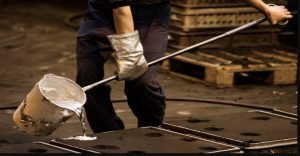
Now let me introduce the advantages and disadvantages of metal casting and sand casting in details:
Advantages of metal casting
1. The metal mold has a faster cooling rate and a denser structure of the casting, which can be strengthened by heat treatment, and its mechanical performance is about 15% higher than that of sand casting.
2. The casting quality of metal casting is stable, the surface roughness is better than sand casting, and the scrap rate is low.
3. Good working conditions, high productivity, easy for workers to master.
Disadvantages of metal casting
1. The metal type has large thermal conductivity and poor filling ability.
2. The metal type itself has no air permeability. Corresponding measures must be taken to effectively exhaust.
3. The metal type has no retreat and is easy to crack and deform during solidification.
Advantages of sand casting
1. Compared with other casting methods, sand casting has lower cost, simple production process and short production cycle.
2. Because the molding materials used in sand casting are cheap and easy to obtain, the mold is easy to manufacture, and it can be adapted to single-piece production, batch production and mass production of castings.
Disadvantages of sand casting
The quality of molding sand and core sand directly affects the quality of castings. Poor quality of molding sand will cause defects such as pores, sand holes, sand sticking, and sand inclusion in the casting.

